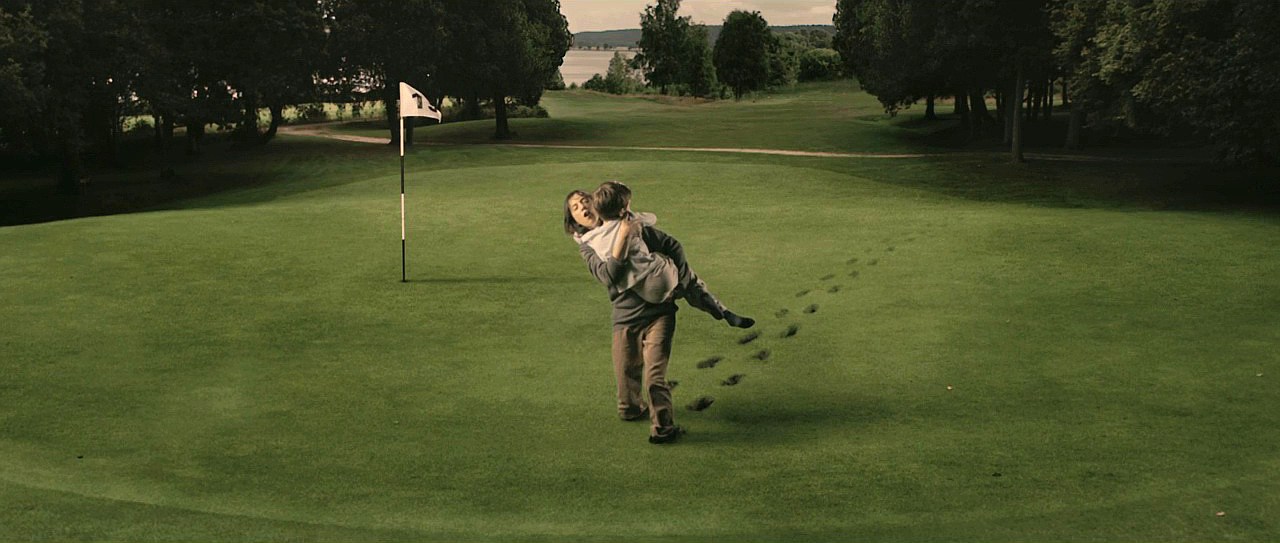Chapter Eleven:
"NOBODY MOVE! I just lost my mind!" - Sylvester
Warner Brothers Film
It
was founded in 1903 by the four Warner Brothers. They were polish filmmakers
called Harry, Albert, Sam and Jack. They instantly started film making and
invested a lot of money into their films. They were a success from the start
with their films, Life of an American Firefighter and The Great Train Robbery.
 Warner
Bros. were the pioneer of synchronized sound and created ‘talkies’. This didn’t
catch on so well and they made huge losses. They soon vowed that they would use synchronized sound for background purposes only.
Warner
Bros. were the pioneer of synchronized sound and created ‘talkies’. This didn’t
catch on so well and they made huge losses. They soon vowed that they would use synchronized sound for background purposes only.
In
1928, Warner Bros. released Lights of New York, the first all-talking feature.
Due to its success, the movie industry converted entirely to sound almost
overnight. By the end of 1929, all the major studios were exclusively making
sound films.
Soon
WB started producing more socially realistic story lines which were ‘Torn from the press.’
They
soon became known as ‘Gangsta Studio’.
Warner
bros. bought cartoons off Disney and other creators for years. Leon Schlesinger Productions was the first
major cartoon producer. Warner Bros eventually bought Schlesinger's cartoon
unit in 1944 and renamed it Warner Bros. Cartoons. Unfortunately, the unit was
indifferently treated by senior management, beginning with the installation of
Edward Selzer as
senior producer, whom the creative staff considered an interfering incompetent.
Regardless
of this treatment, its characters such as Bugs Bunny, Daffy Duck, Tweety
Bird, Sylvester, and Porky Pig became central to the company's image in
subsequent decades.
By
1949, with the success of television threatening the film industry more and
more, Harry Warner decided to shift his focus towards television production.
But
after an unsuccessful attempt to convince other movie studio bosses to switch
their focus to television, Harry abandoned his television efforts.
1955,
the studio was finally able to engage in television through the successful
Warner Bros. Television unit run by William T. Orr, Jack Warner's son-in-law.
Warner Bros. Television provided the ABC with a weekly show, Warner Bros.
Presents; the show featured a rotating series of shows based on three of the
studio's film successes, Kings Row, Casablanca and Cheyenne. Cheyenne was the
only successful show.
 a common convention which a character looks at something (unseen to the camera) and then the next shot we see what they are looking at. (Youtube : Eye Line Match)
a common convention which a character looks at something (unseen to the camera) and then the next shot we see what they are looking at. (Youtube : Eye Line Match)















